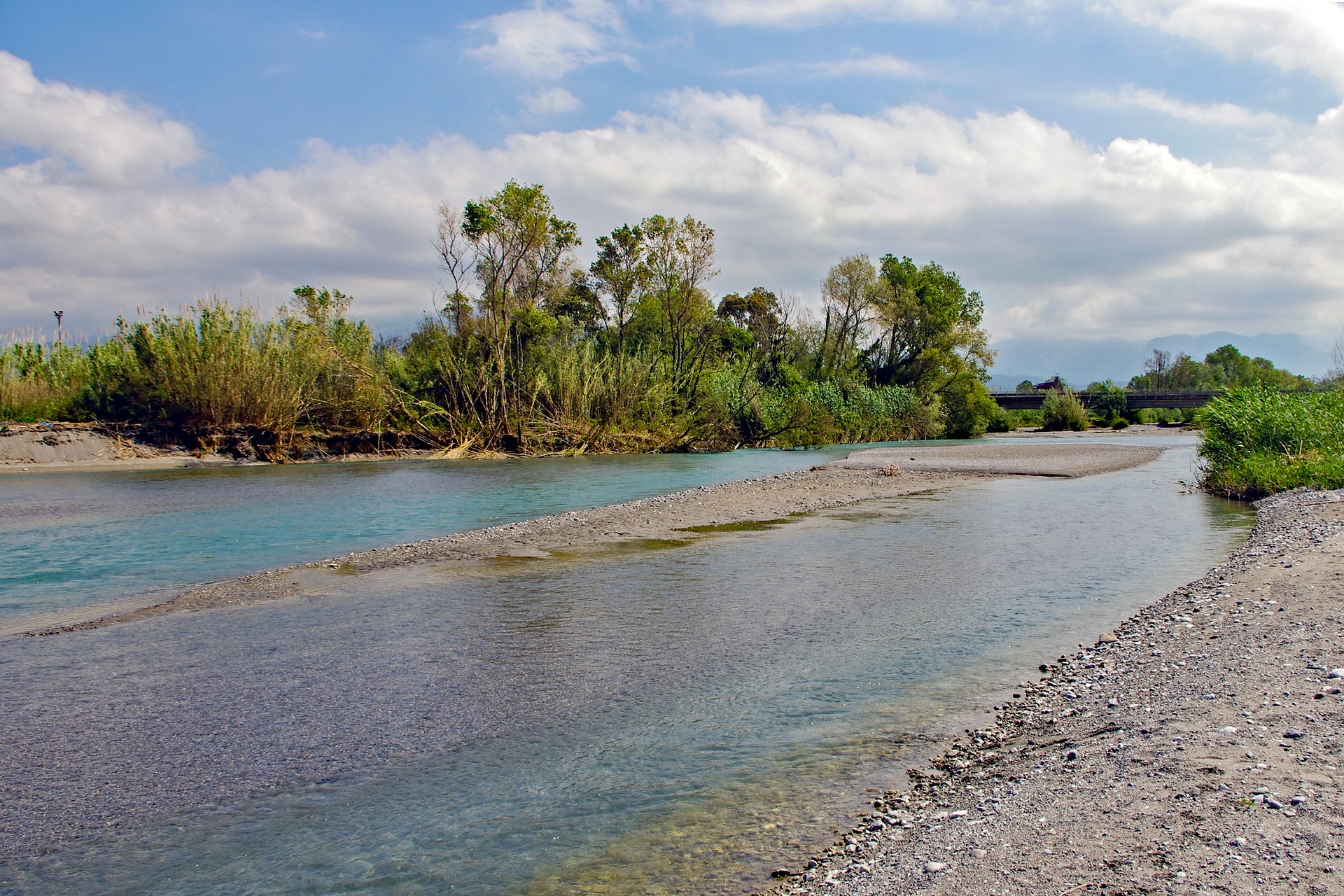Geo-spatial Analysis of Flood and Heatwave Risk

The Nagpur city in Maharashtra is an example of an Indian city affected by urban flooding challenges. There are a range of factors potentially contributing to increased flood risks and impacts on Nagpur City: rapid urbanization; possible reduction and degradation of natural infrastructure; developments within the flood buffer zones including flow diversion structures; extreme rainfall events; and the poor condition of prevailing physical infrastructure. Nagpur faces both fluvial flooding (caused due to rise in water levels in a waterbody which overflows in adjoining areas) as well as pluvial flooding (caused when storm drains have inadequate capacities to discharge the runoff for extreme rainfall events).
In response, in partnership with Government of Maharashtra, the UNDP engaged Alluvium to conduct a Flood Risk Analysis of Nag River and Heat Risk Analysis for Nagpur Municipal Corporation (NMC) to address the recurrent flood & heatwave related challenges faced by the city. The aim of the purpose of the flood risk analysis is to identify areas vulnerable to chronic flooding and develop mitigation strategies by identifying priority interventions with an investment plan across short, medium, and long term. Furthermore, this study is also expected to build institutional capacities to understand the magnitude of flood risks and assess their overall preparedness to mitigate the flood hazards.


